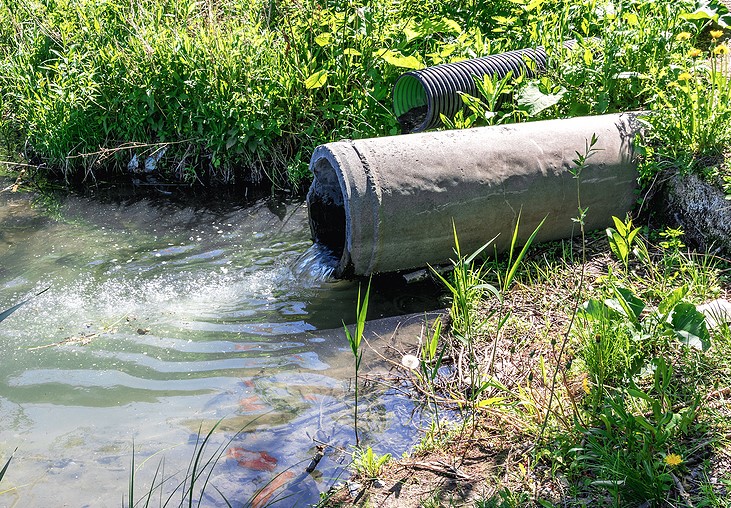News
Anglian Water Fined £560,000 For Raw Sewage Discharge
Utility company Anglian Water has been fined £560,170 after approximately six million litres of raw sewage (more than two Olympic-sized swimming pools’ worth) was discharged into the River Great Ouse in Northamptonshire over the course of 23 hours.
The incident led to the deaths of 5,000 fish, with the pollution spreading 12 kilometres down the river, the result of electrical faults that caused pumps to stop at the local pumping station. In addition, the early warning system in place failed, so staff were not alerted to the problem and the discharge went unnoticed.
Affected fish species included brown trout, chub, pike, minnow, stone loach, dace, bullhead, gudgeon, signal crayfish and brook lampreys.
Various reports regarding the incident were reported by landowners and members of the public, with a dog walker spotting between 20 and 30 dying fish being carried by the river flow. She also saw a large trout jumping out of the water and rubbing itself along the bank as it followed the river downstream.
Upon investigation, officers from the Environment Agency found that the bed of a waterway flowing into the river was covered in sewage debris, including tampons and pantyliners.
Andrew Raine, environment manager with the Agency, said: “The environmental impact of this pollution was substantial, resulting in a large-scale fish kill and affecting 12 kilometres of the upper River Great Ouse.
“Polluters should always be held to account, as much as our resources allow, we will always investigate significant pollution incidents and bring those responsible before the courts. We are grateful that the level of fine acknowledges the damage to the river ecosystems that this sewage spill from Anglian Water has caused.”
This is by no means the first time that the firm has come under fire for sewage discharges and pollution incidents. Last year, for example, the water company was fined more than £1.2 million for incidents across the east of England that involved broken infrastructure and blockages.
Over a five-month period in 2019, four incidents took place in Northamptonshire, Buckinghamshire and Cambridgeshire as a result of system and maintenance failures that included reporting delays, faulty screening and breakdowns in planning.
In recent years, the Environment Agency has ramped up its monitoring of weather companies, including event duration monitoring that measures how often and for how long storm overflows are used.
The number of overflows monitored across the network has risen from 800 in 2016 to over 12,700 in 2021, with almost nine out of ten storm overflows now fitted with monitoring devices. The aim is for all 15,000 overflows in England to have these devices installed by the end of this year.
Do you want to find out more about sustainable water development? Get in touch with the H2o Building Services team today to see how we can help improve the water footprint of your business today.
